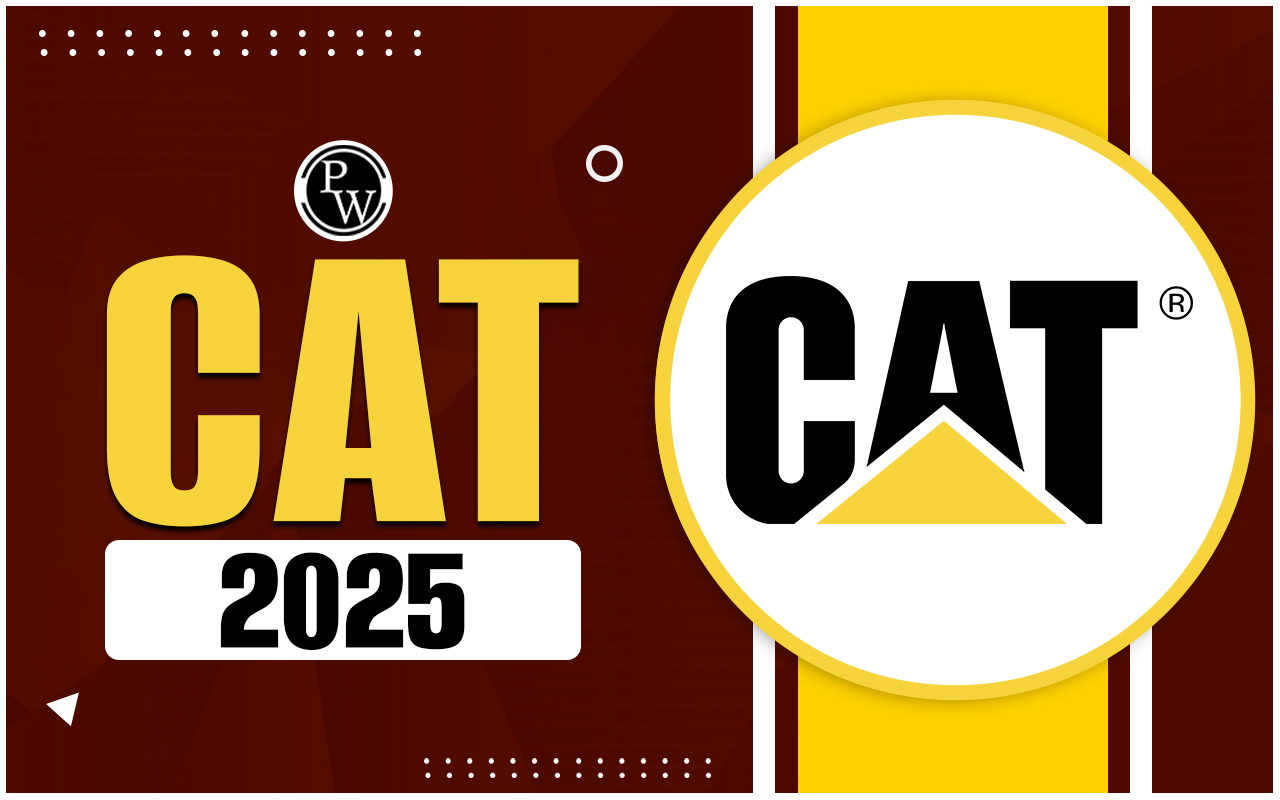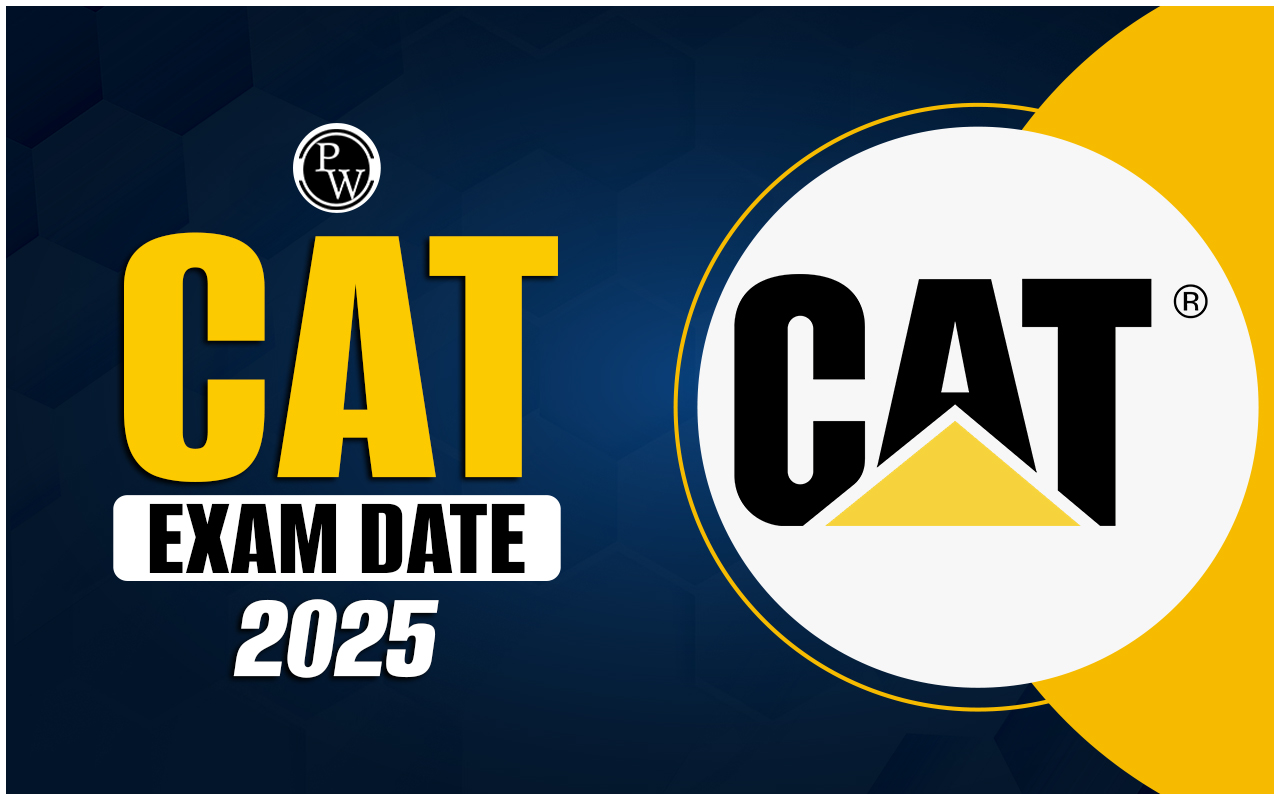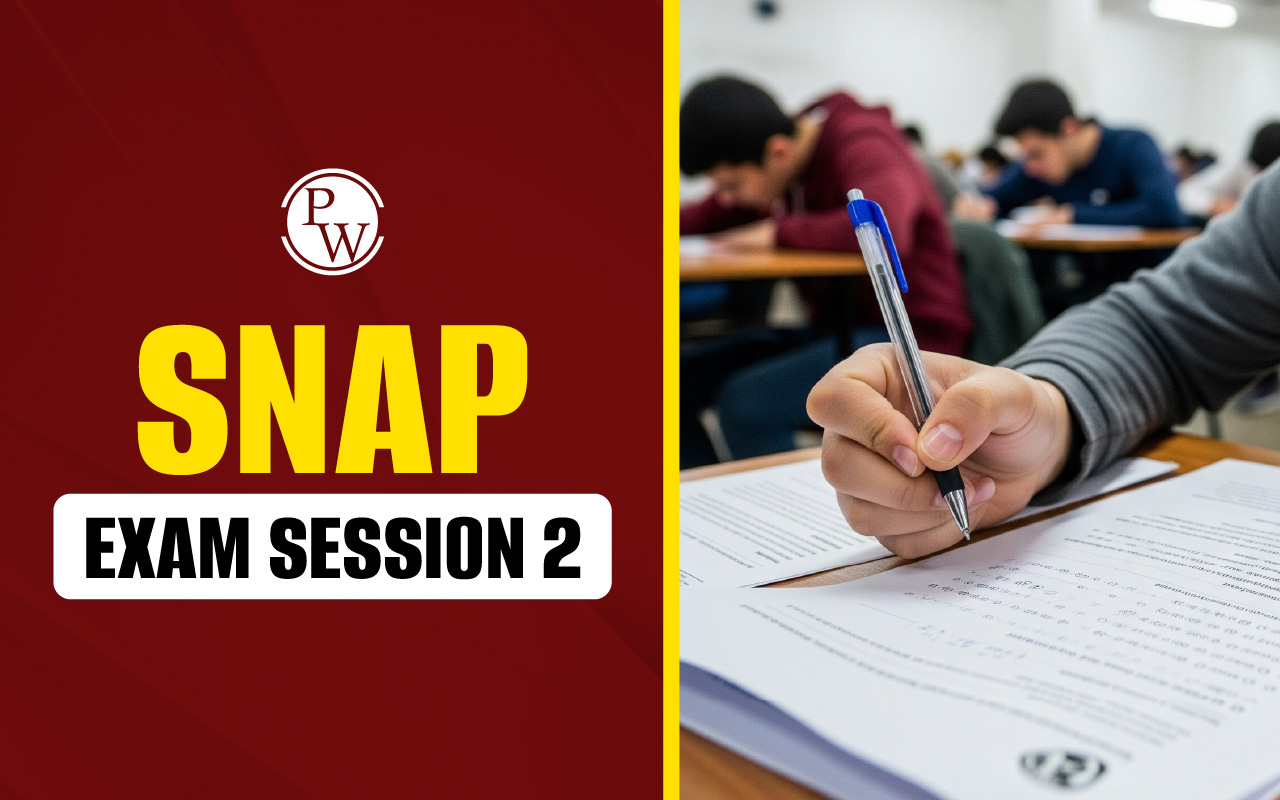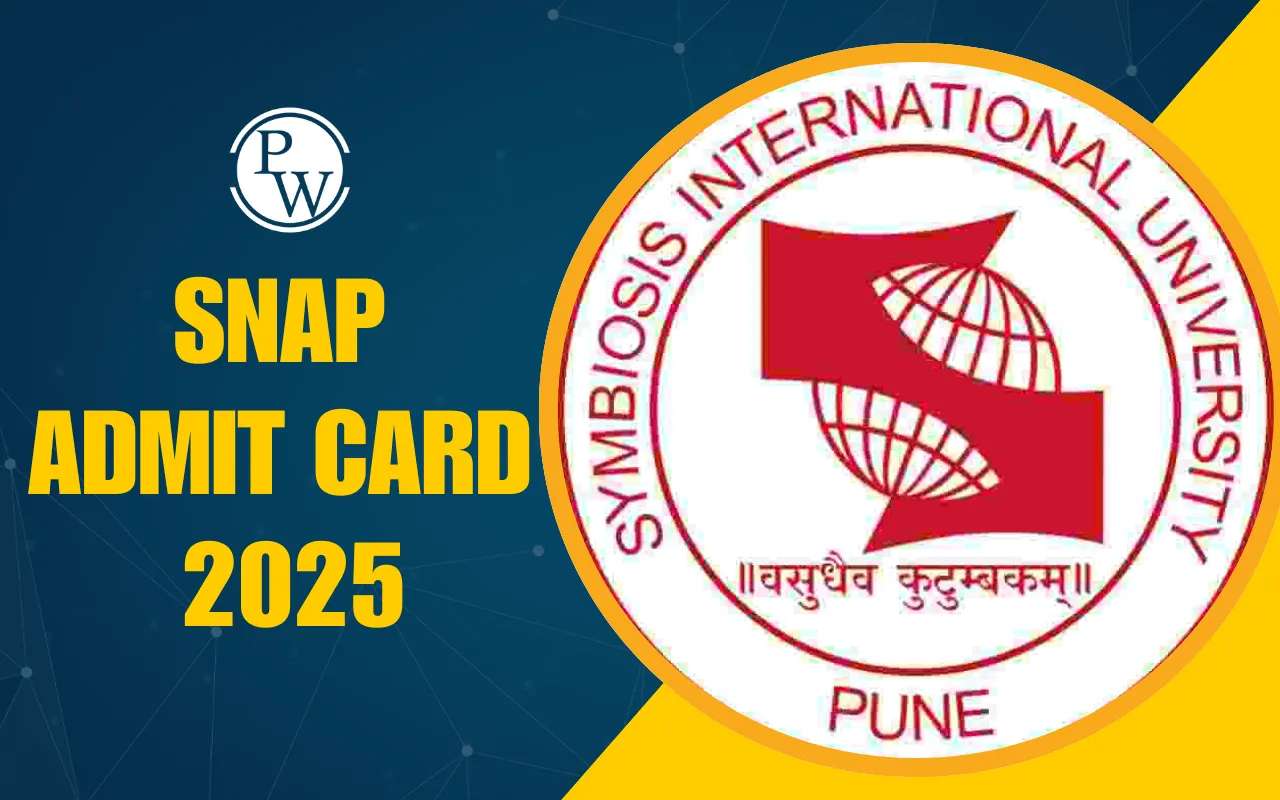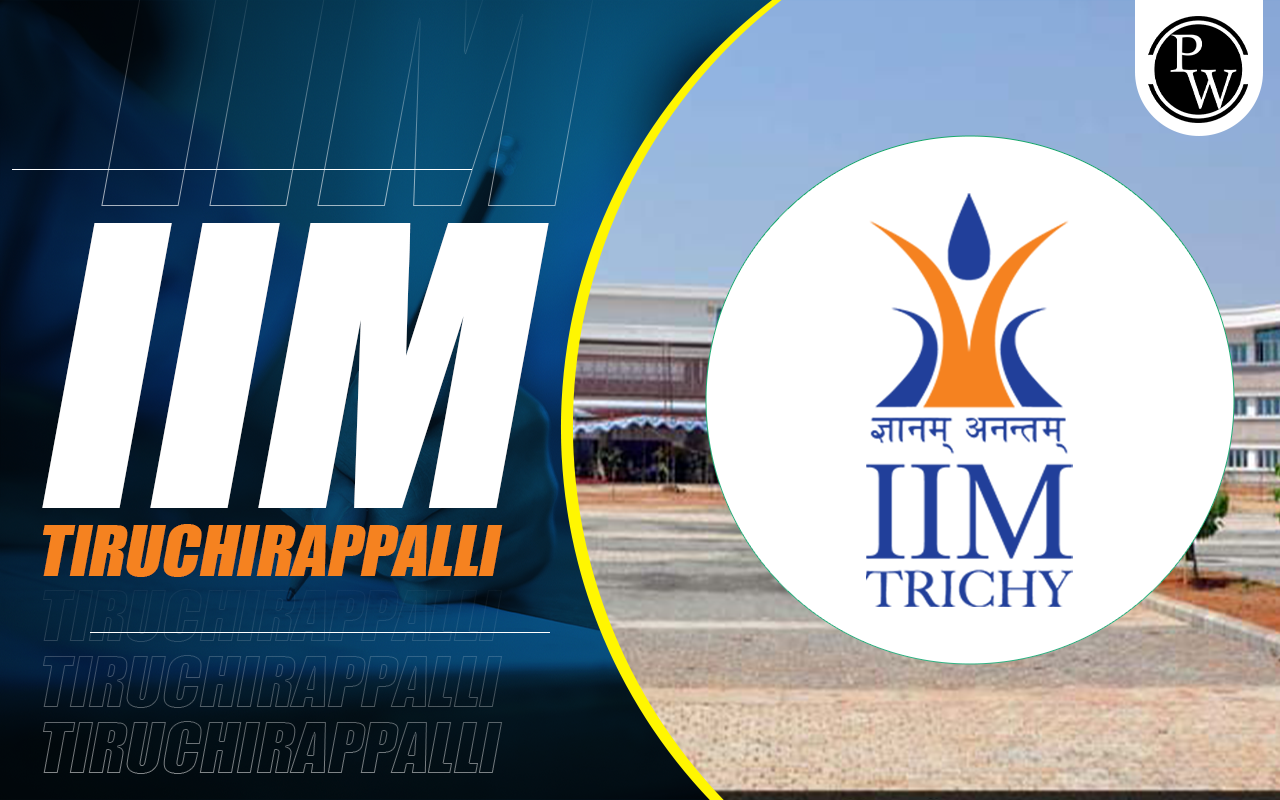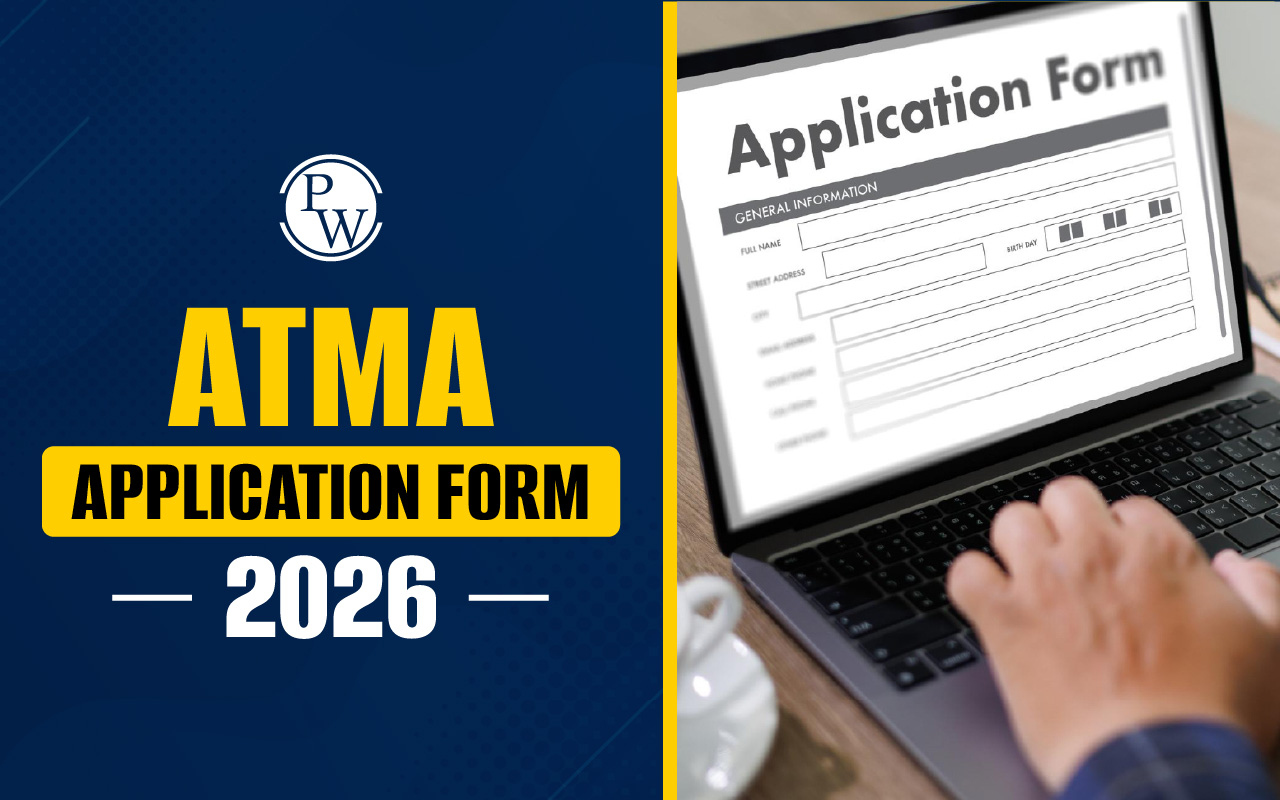
NMAT Exam Pattern 2025 is prescribed by the Graduate Management Admission Council (GMAC). The NMAT Exam consists of 108 questions to be answered in 120 minutes. The questions are asked from three different sections, namely, Language Skills, Quantitative Skills, and Logical Reasoning. Each of the sections consists of an equal number, 36 questions.
The NMAT Exam is conducted within a 45-day test window. Aspirants who want to appear for the exam can choose a particular day and venue in the NMAT Scheduling Process and attempt the exam at their convenience.
NMAT Exam Pattern 2025
The NMAT Exam 2025 consists of 108 multiple-choice questions divided into three sections: Language Skills, Quantitative Skills, and Logical Reasoning. The total duration of the exam is 120 minutes (2 hours), with each section having a specific time limit. There is no negative marking for incorrect answers. Candidates can choose the order in which they attempt the sections, making the exam flexible and user-friendly. Each correct answer carries 3 marks, and the maximum score a candidate can achieve is 360 points.
NMAT Exam Pattern 2025 Overview
The NMAT Exam consists of 108 questions, 36 questions from each of the three sections. There is a sectional time limit to attempt the questions from each section. Candidates can check the table below to get a detailed overview of the NMAT Exam Pattern 2025:
| Particulars | Details |
| Total Number of Questions | 108 |
| Total Exam Duration | 120 minutes |
| Sections | Language Skills, Logical Reasoning, Quantitative Skills |
| Questions per Section | 36 |
| Section-wise Time Limits | |
| Language Skills | 28 minutes |
| Logical Reasoning | 40 minutes |
| Quantitative Skills | 52 minutes |
| Negative Marking | None |
| Testing Window | 70 to 100 days |
| Scheduling | Candidates can choose the day and location |
| Test Modes | Test center or remote proctored exam |
| Proctored Exam Availability | Not available in India; available in Sri Lanka, Bangladesh, Bhutan, Nepal |
NMAT Exam Syllabus 2025
The NMAT Exam is conducted within a 45-day test window. It is important for the test-takers to understand the Exam Syllabus of the NMAT Exam as well. Candidates can check the table below to understand the NMAT Exam Syllabus:
| NMAT Exam Syllabus 2025 | |
| Sections | Topics |
| Quantitative Skills | Trigonometry, Geometry, Algebra, Mensuration, and Modern Maths |
| Logical Reasoning | Coding-Decoding, Critical Reasoning, Puzzles, Blood Relations, Statement Conclusions, and Number Series |
| Language Skills | Reading Comprehension, English Grammar, Word Meaning, and Verbal Ability |
NMAT Sectional-Weightage 2025
Test-takers have the option to choose their date, time, and venue for attempting the NMAT Exam. As per the NMAT Exam Pattern, there are 3 sections, and there is a time limit to attempt questions in every section. Aspirants can check the table below to get all details on the NMAT Sectional-Weightage:
| NMAT Sectional-Weightage 2025 | |||
| Sections | Number of Questions | Sectional Time Limit | Score Range |
| Quantitative Skills | 36 | 52 mins | 12-120 |
| Logical Reasoning | 36 | 40 mins | 12-120 |
| Language Skills | 36 | 28 mins | 12-120 |
| Total | 108 | 120 mins | 36-360 |
NMAT Marking Scheme 2025
The performance of the Candidates who will be appearing for the NMAT Exam will be evaluated based on the NMAT Marking Scheme prescribed by GMAC. Candidates can check the marking scheme mentioned below to understand how the performance of aspirants is evaluated in the NMAT Exam:
-
Each of the objective-type questions in the NMAT exam carries 3 marks.
-
There is no negative marking allotted for any wrong answers.
-
No marks are awarded for the questions that are left unattempted.
-
Once the test-takers end a particular section, all the answers given until then are considered final.
NMAT Exam Section-Wise Preparation Tips
To do well in the NMAT Exam, you need to understand how to prepare for each section individually. Since every section is timed and equally weighted, focusing on a balanced strategy is important. Here’s how you can prepare for each part of the exam in a practical and structured way:
Language Skills Preparation Tips
This section tests your understanding of English grammar, vocabulary, and reading comprehension. With just 28 minutes to solve 36 questions, speed and accuracy matter a lot.
-
Read regularly: Make a habit of reading editorials, newspapers, or short articles every day to improve reading speed.
-
Focus on grammar rules: Revise basic grammar topics like tenses, subject-verb agreement, modifiers, and sentence correction.
-
Build vocabulary: Learn 5–10 new words every day and revise them weekly. Use apps or flashcards to remember synonyms and antonyms.
-
Practice RCs: Read and solve at least one comprehension passage daily. Try to identify the main idea, tone, and conclusion.
Quantitative Skills Preparation Tips
Quant has the highest time limit—52 minutes for 36 questions—but the section requires clear concepts and strong calculation skills.
-
Start with basics: Focus on foundational topics such as percentages, profit and loss, ratios, averages, and number systems.
-
Learn shortcuts: Practice Vedic maths tricks or simplification methods to solve problems quickly.
-
Work on weak areas: Identify topics you’re uncomfortable with and dedicate more time to practicing them regularly.
-
Take topic-wise quizzes: Solving 10–15 questions from a single topic daily helps build speed and confidence.
Logical Reasoning Preparation Tips
Logical Reasoning includes questions on puzzles, arrangements, coding-decoding, and critical reasoning. You get 40 minutes for this section.
-
Understand patterns: Start with easier topics like blood relations and directions to gain confidence.
-
Solve puzzles regularly: Practice different types of puzzles to improve your reasoning approach and time management.
-
Practice critical reasoning: This includes assumptions, conclusions, and argument questions. Try solving GMAT-style critical reasoning questions.
-
Time yourself: LR can take longer if not timed. Always practice in a timed setting.
Candidates aiming to secure admission to top B-schools in India must clear MBA entrance exams with commendable scores. PW MBA Online Coaching offers regular live classes with separate doubt clarification sessions to strengthen candidates’ conceptual understanding. Additionally, faculties of PW MBA Coaching Classes follow a strategic study plan to enhance candidates' exam preparation and help them excel with flying colours.

